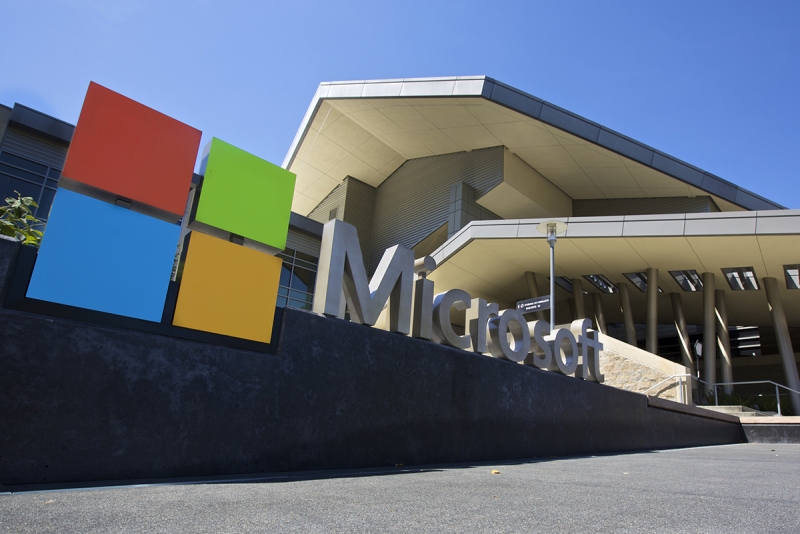Microsoft plans to invest $75 million into computer science education initiatives over the next three years, CEO Satya Nadella announced during a keynote at Dreamforce last week.
The initiatives comprise an expansion of Microsoft's YouthSpark program, which sees the company encouraging youth to embrace computer science with the optimistic aim of a more diverse and abundant faction of engineers.
Recently, as major tech conglomerates like Microsoft are beginning to discover, the computer science graduate drought is very real, and equally apparent is the lack of women and minorities entering the field.
As a result of the investment, a plethora of international nonprofits will begin to see donations of both funding and resources from Microsoft. Additionally, Redmond plans to reach out to high schools through its TEALS (Technology Education and Literacy in Schools) program, which partners up career engineers from Microsoft and other tech companies with educators to teach classes cooperatively.
The idea for the TEALS project was originally proposed by Kevin Wang, a Harvard graduate now employed as an engineer at Microsoft. He devised the concept after serving as a volunteer at a public high school in Seattle. Nadella espoused the idea, which Microsoft is now arranging to be present in 700 high schools over the next three years and 4,000 in the next decade.
Thankfully, according to USA Today, TEALS assures that it's focused on both urban and rural school districts, in case there were hesitations about exclusionary emphasis on leading metropolitan areas.
The news come at a time when many tech companies, including Google and Facebook, are attempting to analyze and improve tech education. Much of the reason for the clear computer science deficiency in public schools stems from lackluster pay in teaching jobs, leading prospective educators to seek opportunities elsewhere.
Microsoft's TEALS program may not address poor salaries for teachers, but it does prepare those currently employed by public high schools for instruction in the computer sciences. By the end of the TEALS training period, Microsoft President Brad Smith says, teachers will have the knowledge necessary to run their courses solo.
With 72% of employees at Microsoft identifying as male, it's no question that part of the reason for this move is an effort to correct the company's assured gender imbalance.
Just last week, Microsoft was sued for gender discrimination after a former employee reported that female workers in the technical field receive less payment and promotions for doing the same work as their male counterparts. On top of that, performance evaluations conducted by the company show that women are generally ranked below men.
Also problematic is the fact that Hispanics make up only 5.2% of the work force at Microsoft while only 3.4% of employees are African American. These figures are even more miniscule when filtered by technical workers and those in leadership positions. This is especially disheartening considering Seattle bears the largest African American population in the Pacific Northwest.
Smith wants it to be known, however, that Microsoft is working hard to rectify this situation, in turn promoting an all-encompassing employment culture at its illustrious campus in Redmond, Washington.
"We know our success as a company over the next decade will turn on increasing the number of women and minorities in our ranks," Smith vowed.
He says, and Nadella agrees, that Micrososft "cannot service the people of the world if [it doesn't] have an employee population that reflects the population of the world."
YouthSpark is a way of both educating young people on the influence of computer engineers as well as helping Microsoft diversify its staff. Being met with some level of success would serve as a benefit for just about everyone involved.
